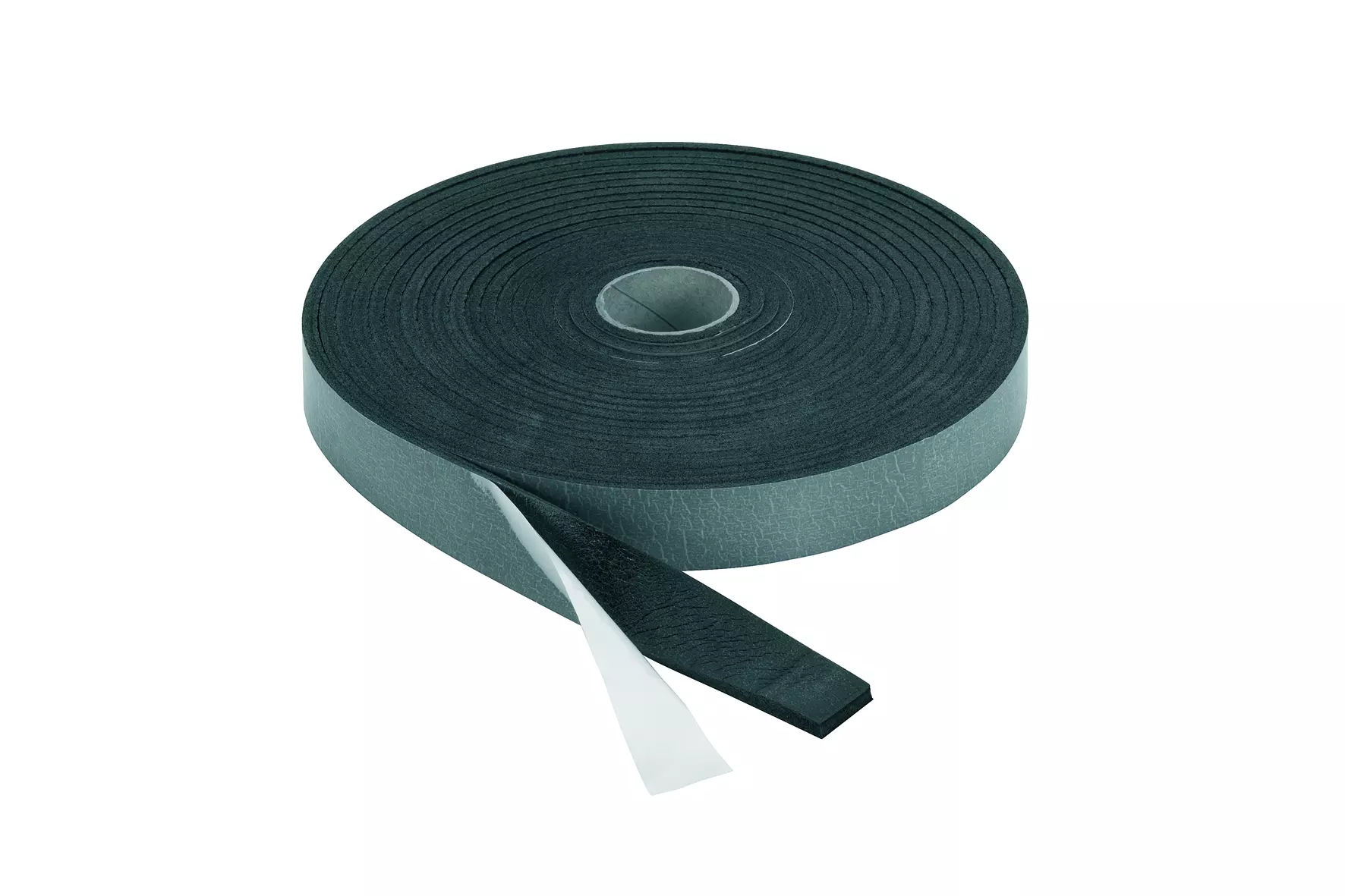The cementitious tile adhesive and the covering material installed in conjunction with Schlüter-DITRA-SOUND must be suitable for the respective application area and meet the corresponding requirements.
The use of quick-curing cementitious tile adhesives may be an advantage for certain projects.
It is recommended to protect the centre areas, e.g. those used for material transport, by setting out running boards or other protective coverings over areas where Schlüter-DITRA-SOUND is installed.
Notes on movement joints
Separate Schlüter-DITRA-SOUND over existing movement joints.
Continue the movement joints in the tile covering as specified by the applicable standards. Otherwise, divide large coverings installed over Schlüter-DITRA-SOUND into sections, using movement joints according to the applicable regulations. We recommend using the profiles of the Schlüter-DILEX family. Arrange profiles such as Schlüter-DILEX-BT or Schlüter-DILEX-KSBT over existing expansion joints depending on the anticipated structural movements.
Notes on perimeter movement joints
It is important to prevent stress build-up at the edges of the covering, for instance at upright structural components or at floor-wall transitions. Perimeter movement joints and connection joints must be constructed according to the applicable technical regulations and have sufficient dimensions to prevent stress build-up. Install Schlüter-DITRA-SOUND-RSK 630 as an edging strip in these areas. We recommend the various profile types of the Schlüter-DILEX family for perimeter or connection joints at transitions from floor tiles to wall or skirting tiles.


